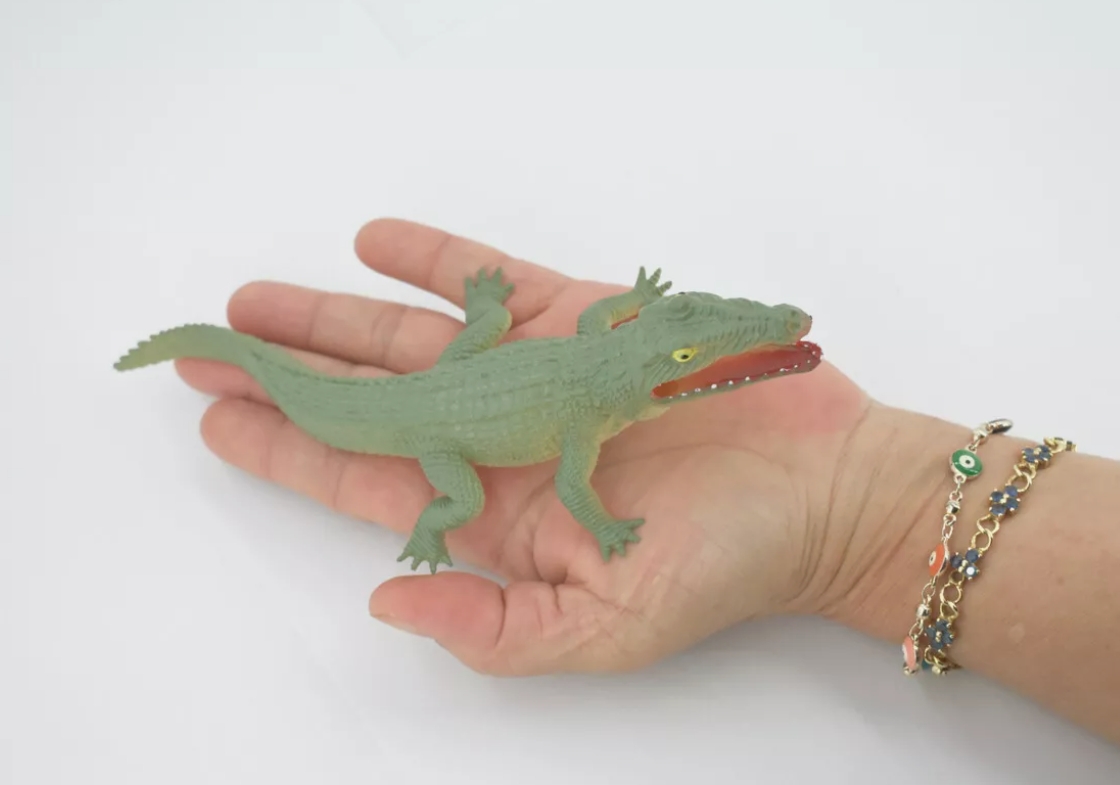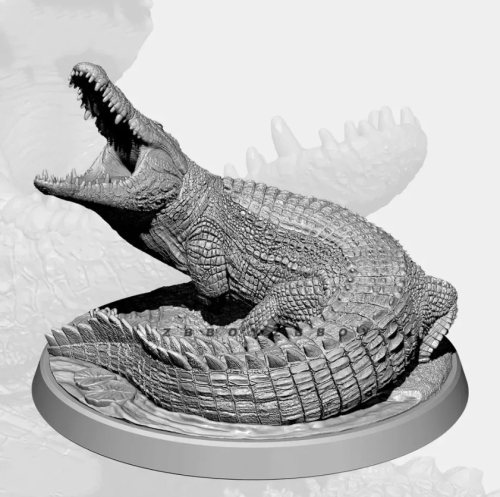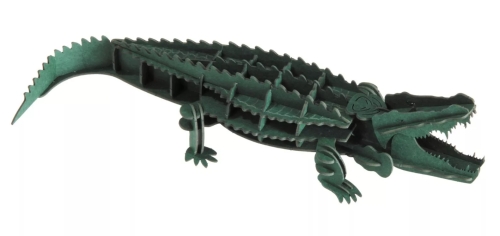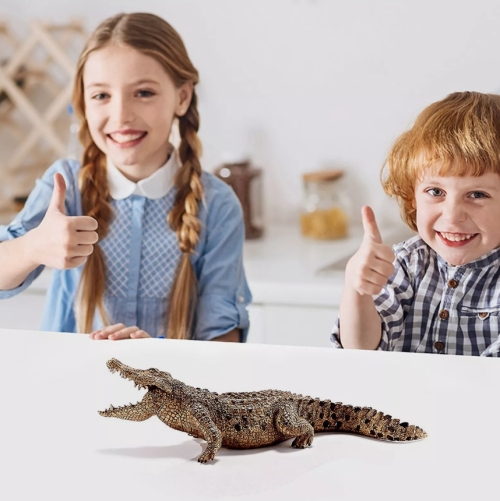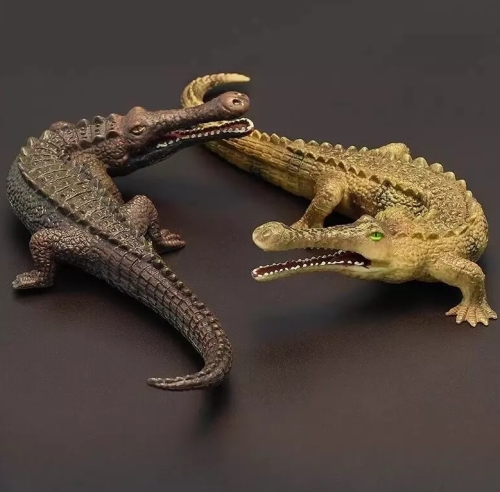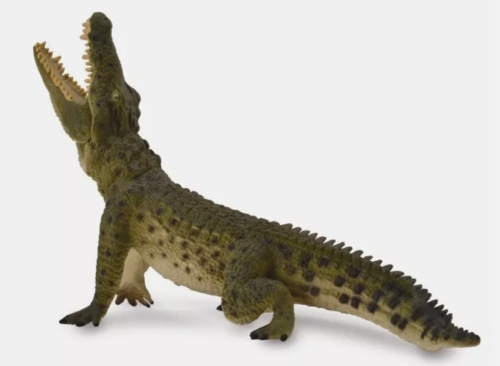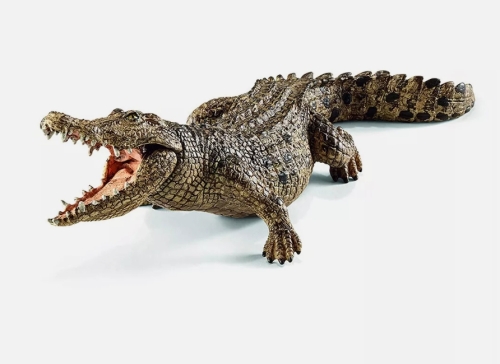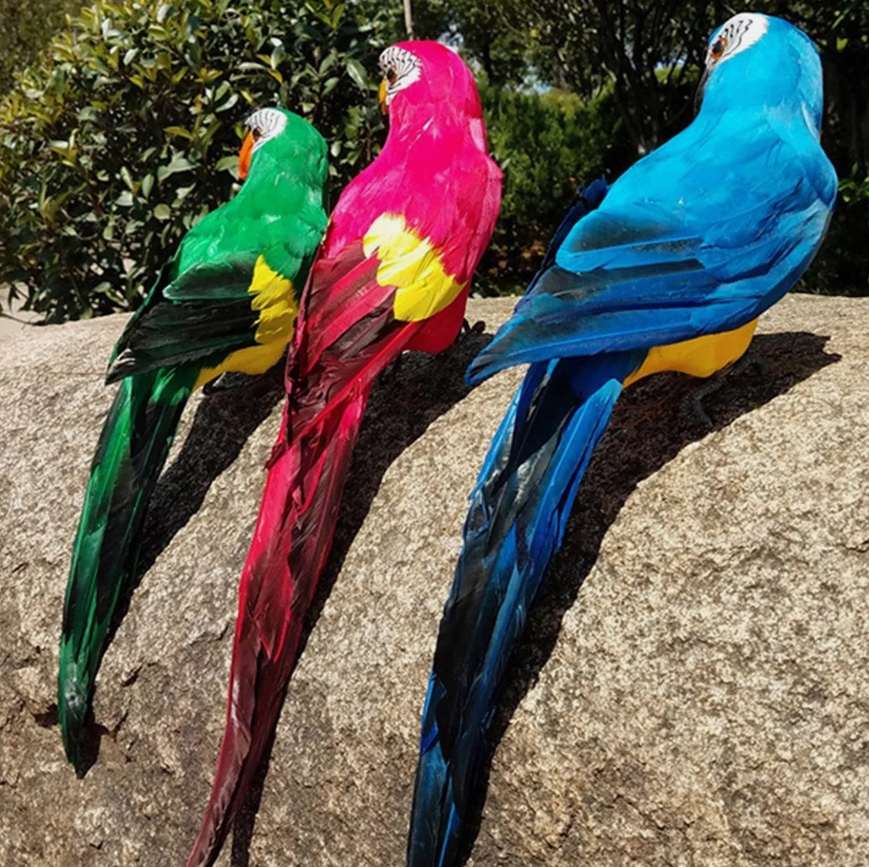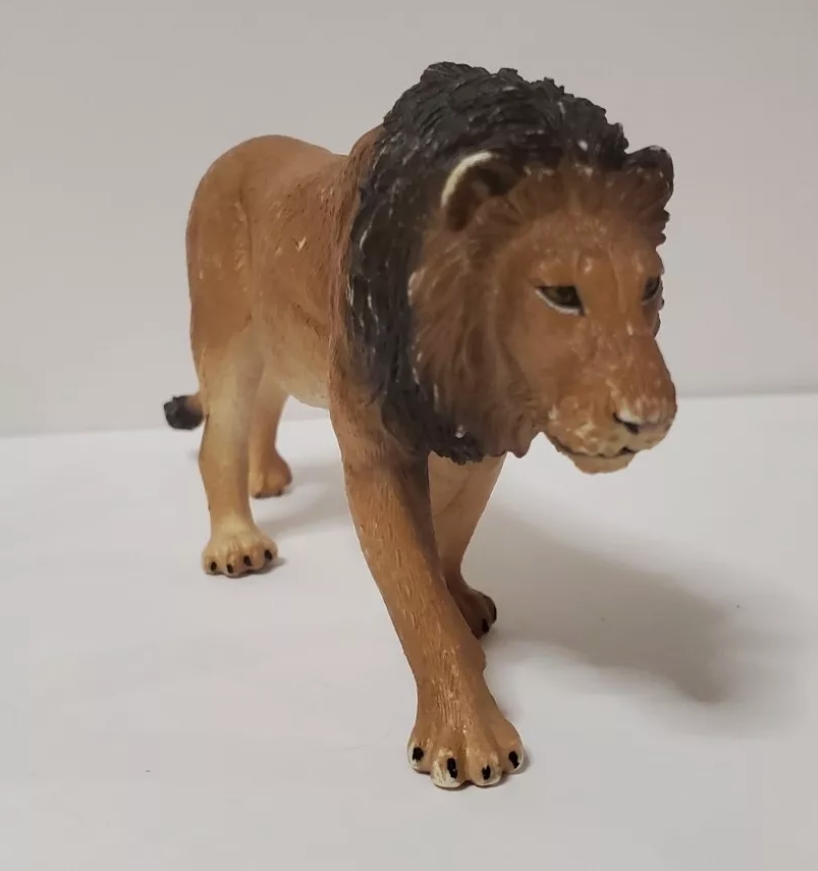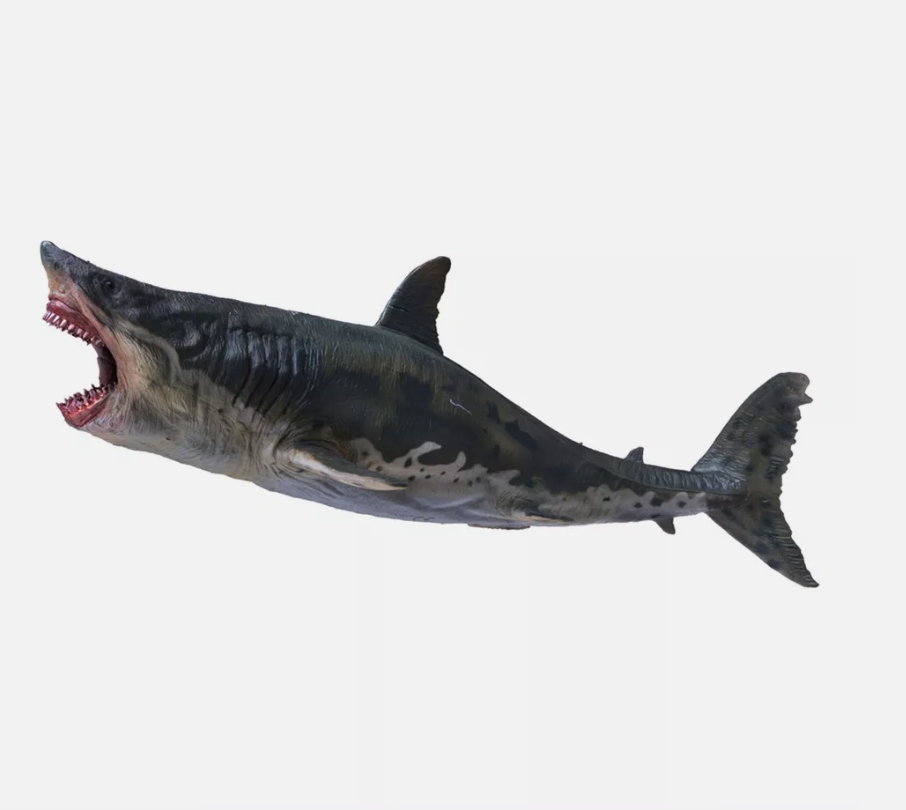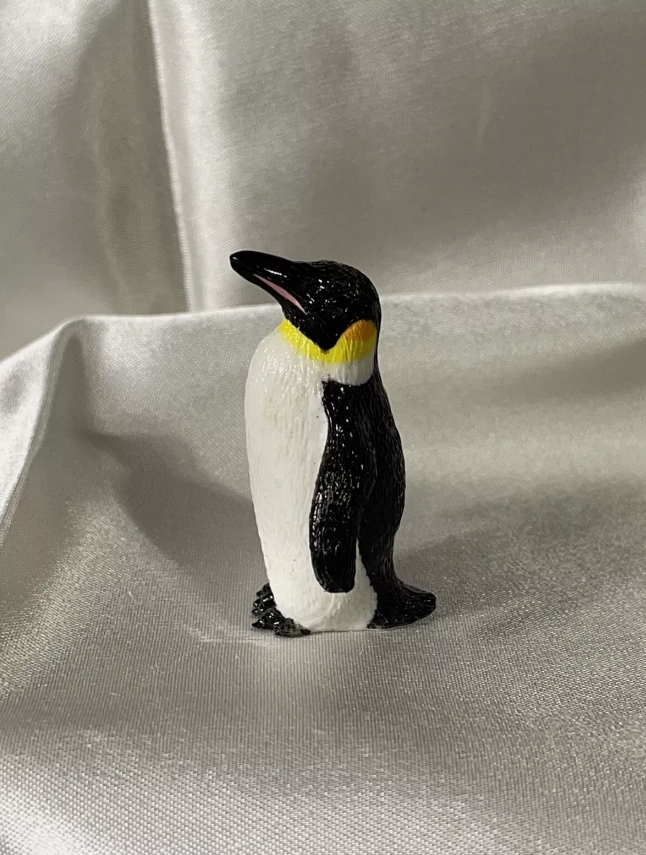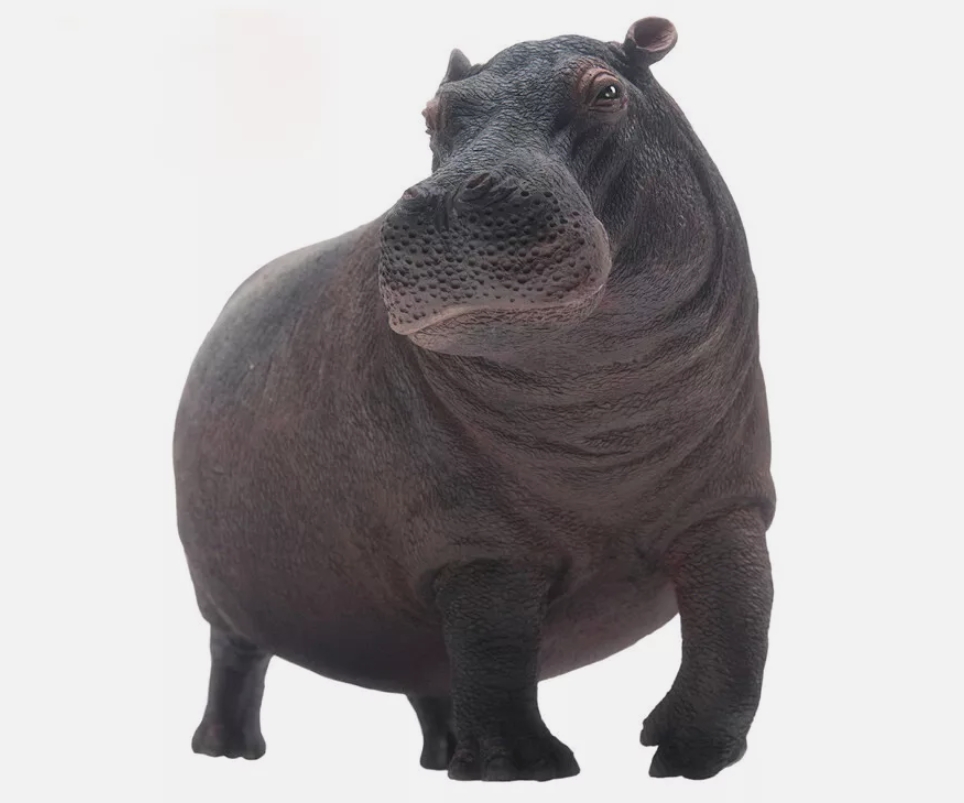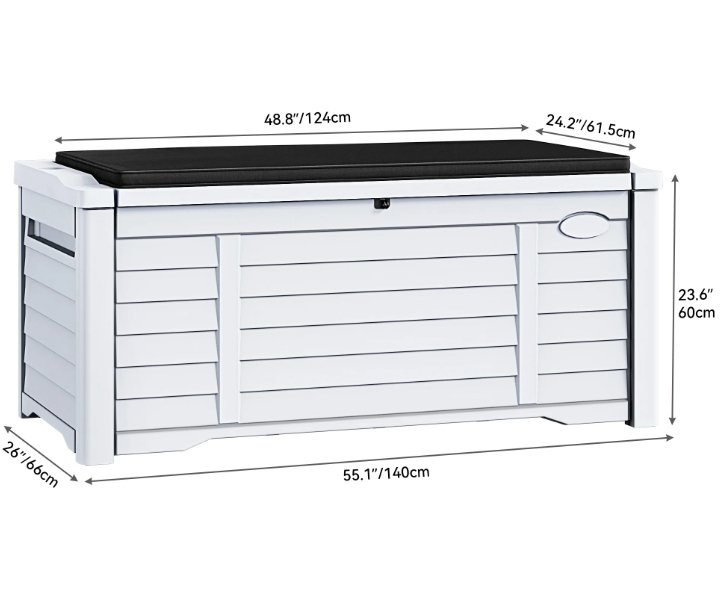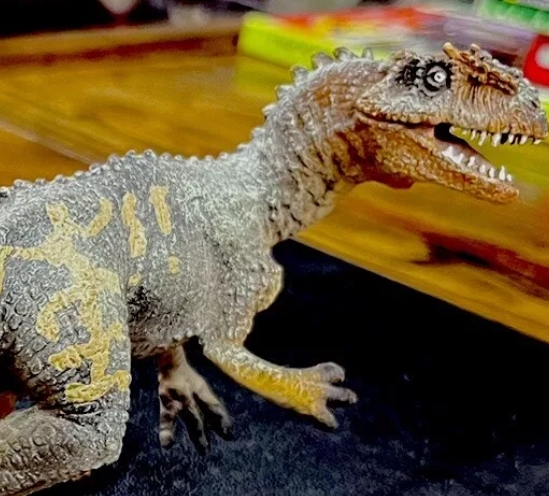Crocodile model is a kind of complex system which simulates natural phenomena and biological behavior. It is widely used in ecology, economics and art. The core idea is derived from the observation of crocodile survival strategies and ecological niches. By abstract and mathematical modeling of crocodile behavior patterns, researchers can explore broader biological interactions, resource allocation, and competitive strategies.
In ecology, crocodile models are often used to describe the interrelationship between predator and prey. By setting different parameters, such as predation rates, survival rates, and reproduction rates, researchers can model species dynamics in different ecosystems. The simulation results show that resource allocation and population density in the environment affect predator-prey interactions, revealing the fragility and complexity of ecosystems. Such models not only help scientists understand ecological balance, but can also be used to develop conservation measures to preserve biodiversity.
In economics, the crocodile model is used to analyze market behavior, especially the behavior of firms under conditions of imperfect competition. In the pursuit of profit maximization,enterprises often adopt competing strategies. By building an economic model similar to a crocodile hunt,researchers can observe how different firms interact in a market and adjust their pricing and production in response to competition. This provides an important basis for policy makers and business managers to understand market dynamics and their potential risks.
In addition,the crocodile model also shows its unique value in artistic creation. Some artists use this model to express the primitive forces of nature and the struggle for survival,conveying deep ecological themes through visual art works.

